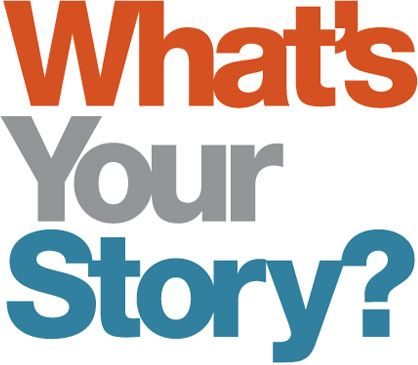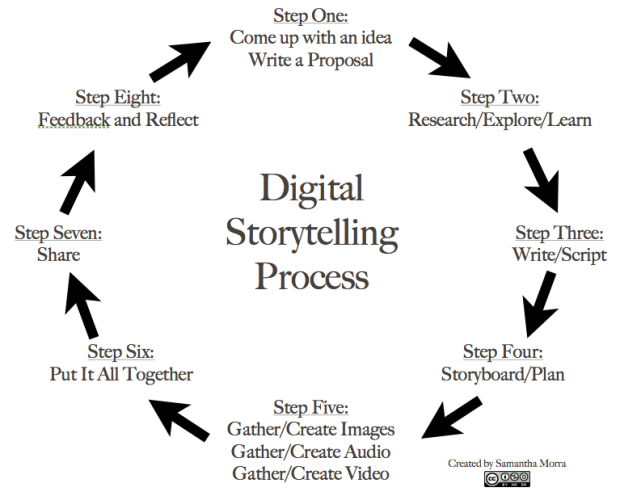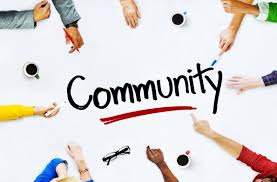Each social awareness/change/justice cause has a message. It is how you get your message out there, build your audience and make it grow that we all want to know.
Digital Storytelling is a powerful tool for inspiring action and change and influencing thought leaders, funders, and decision makers.

Creating a great digital video has become an essential part of building an audience and participation for your cause.
If you are just beginning your Digital Storytelling journey, you can read my blog post: Digital Storytelling for Social Awareness
Here are a few things to keep in mind in order to build engagement for your digital story:
1) The first key to a successful digital storytelling campaign is to TELL A GREAT STORY! This seems pretty obvious but you would be surprised at how difficult it can be to get the true heart of your story imagined, written, filmed, edited and completed. Make sure your story is about someone or something that will cause people to feel. Consider a specific story, person, animal or project that your cause is involved with and make it memorable. The more detailed and focused your story, the more engaging it will be.

 2) Developing a CALL-TO-ACTION is critical. Your campaign should motivate your audience to participate. Clearly communicate exactly how a person can contribute, both in the video and in supporting material. Emphasize how an individual’s contribution can make a tangible difference.
2) Developing a CALL-TO-ACTION is critical. Your campaign should motivate your audience to participate. Clearly communicate exactly how a person can contribute, both in the video and in supporting material. Emphasize how an individual’s contribution can make a tangible difference.
Studies reveal that people are more likely to contribute to a cause when they perceive their involvement will make a clear and substantial difference. (Rather than creating a vague message associated with a broad goal, spell out your call-to-action plainly. Inform your audience how their action will result in real change.
For example: a call-to-action message such as “Your generous gift will support a family in our shelter” will be much more effective than “Help us combat inner city homelessness.” Although the concept of ending homelessness might sound more impressive than providing temporary shelter, it’s less compelling. Focusing on the larger issue is likely to decrease your audience’s motivation. “Why should I help? It’s only a drop in the bucket!” The abstract problem makes a contribution seem negligible. In short, focus on people, not concepts(Cryder & Loewnstein).
3) DISTRIBUTION: One important thought on creating digital video for distribution on social media is -consider length. When was the last time you sat through a 5 minute video on Facebook or Twitter? It would be rare to find anyone who will stay focused longer then 2 minutes to hear what you have to say. More importantly, if the video is too long and you wait until the end to add your call to action, you will never reap the benefits of your great digital story. So, when considering the use of social media and mobile in your distribution plans, keep the video under two minutes and consider placing your call to action as soon as the story will allow.
Now that you have your video set, you are ready to begin engaging with the audience.
 ENGAGING with your audience is all about knowing how to work your social media. You need to have a plan. Your cause needs to have its own brand, social media pages and website. If you have all of this it is now a matter of setting up your plan. There are many free products out there that will help you manage this. I use Hootsuite.com This is a free social media management tool that allows you to plan your uploads on a weekly basis for the greatest impact and engagement.
ENGAGING with your audience is all about knowing how to work your social media. You need to have a plan. Your cause needs to have its own brand, social media pages and website. If you have all of this it is now a matter of setting up your plan. There are many free products out there that will help you manage this. I use Hootsuite.com This is a free social media management tool that allows you to plan your uploads on a weekly basis for the greatest impact and engagement.
If this is all new to you start by reading this blog post: 10 Steps to Begin Creating Your Personal Brand. This post will help you get started on branding but it also contains links for setting up your website, bitly and social media plan.
Now, your social media plan is only as good as your social media connections. So, before you begin sending out your Digital Story for engagement, you want to make sure that you have a community built up on your Facebook, Twitter, Instagram and whatever other social media you use. This can be done by spending time connecting by searching your subject area on each sight and requesting connections from those who are already part of your world.
Also, another way to create engagement is through blogging. Starting a blog about your cause will allow you to build your voice. But also, getting involved in other blogs in your field by commenting with a link to your digital story is a great way to create engagement. If you are interested in starting a blog, check out this post: Blogging
My hope for this post is to share things I am learning in how to build engagement for important social justice causes. I am open to ideas and suggestions that will add value to this post.
Please consider getting involved to build on this information. We can help each other to create engagement for important causes in our world.
Thank you for taking the time to read this and hope to hear from you soon.
If you would like to see other posts on this subject please see my blog or visit my website.
References:
Cryder,Loewnstein (2009) The Critical Link Between Tangibility and Generosity. Paper presented at the Society for Consumer Psychology, San Diego, CA.
Genaske, J. (2014) Digital Storytelling for Social Impact. Retrieved from: https://www.rockefellerfoundation.org/blog/digital-storytelling-social-impact/


 “We need new and better recipes. For society and also for journalism to thrive, it needs to be regularly highlighting with rigor new ideas and models that are showing results against our most pressing problems.” Bornstein
“We need new and better recipes. For society and also for journalism to thrive, it needs to be regularly highlighting with rigor new ideas and models that are showing results against our most pressing problems.” Bornstein
 can create meaningful, positive change in the world. Their global community includes journalists, documentary filmmakers, photographers, social media specialists, gamers and more. IVOH’s common thread as a nonprofit is the desire to effect positive change through their work in media. IVOH is championing a storytelling genre it calls “Restorative Narratives,” which show “how people and communities are learning to rebuild and recover in the aftermath, or midst of, difficult times.”
can create meaningful, positive change in the world. Their global community includes journalists, documentary filmmakers, photographers, social media specialists, gamers and more. IVOH’s common thread as a nonprofit is the desire to effect positive change through their work in media. IVOH is championing a storytelling genre it calls “Restorative Narratives,” which show “how people and communities are learning to rebuild and recover in the aftermath, or midst of, difficult times.”







